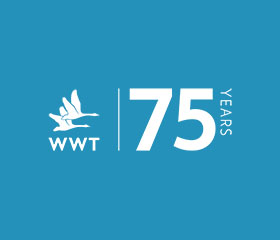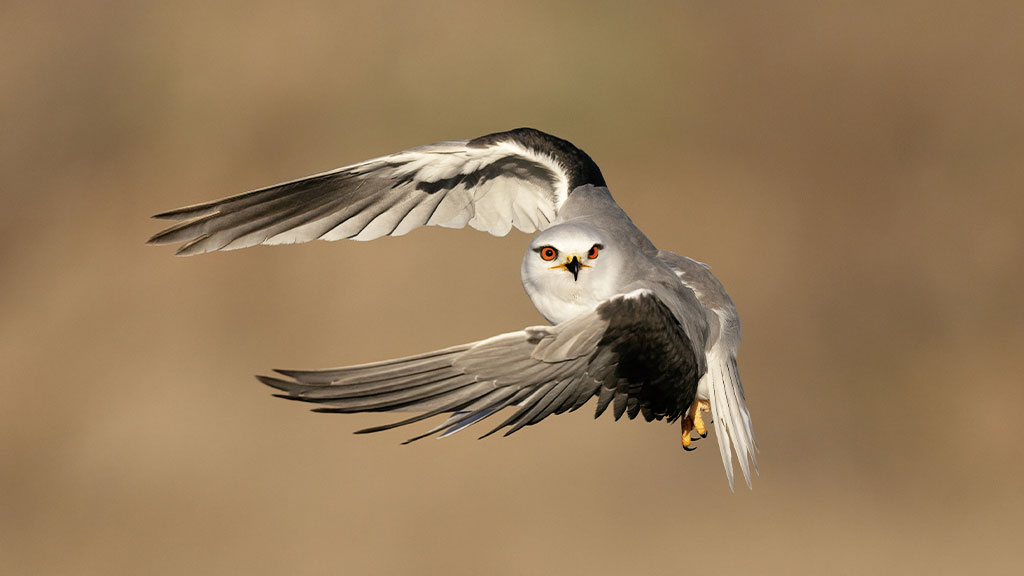Why the Ramsar Convention on Wetlands matters more than ever
Today Ramsar wetlands cover more than 2.5 million square kilometres around the world – but how did the largest network of protected areas start?
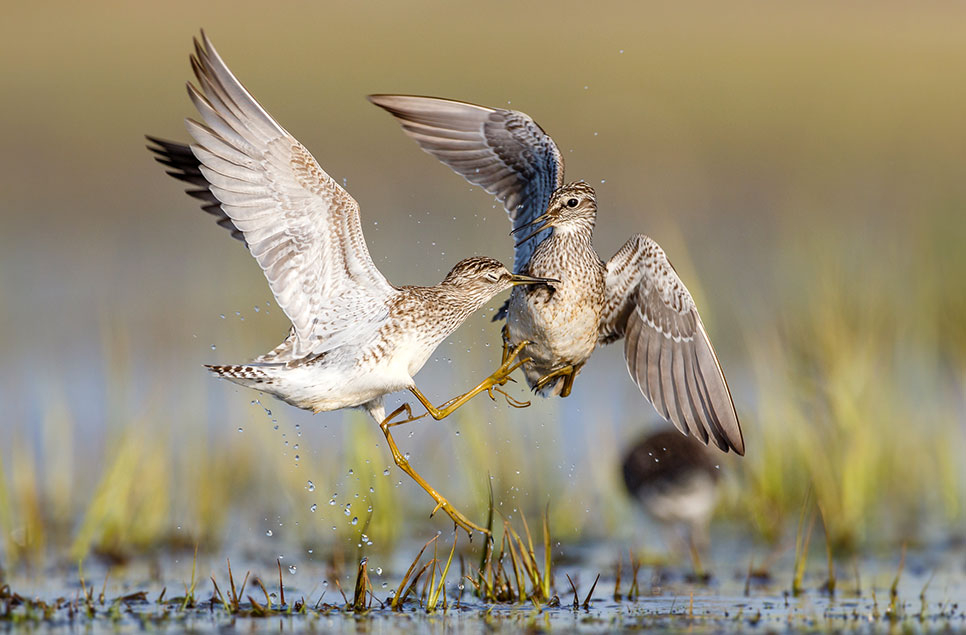
Wetlands are precious.
They soak up floodwater and provide freshwater, store huge amounts of carbon globally, provide food and jobs, and at least 126,000 species rely on freshwater ecosystems beyond the simple need for water itself.
Yet according to the IUCN Red List, 27% of assessed wetland species are faced with extinction worldwide. Pollution, habitat loss and climate breakdown are among the perils facing wetlands and the wildlife dependent on them.
Enter the Ramsar Convention on Wetlands, the international agreement to protect wetlands, which is 50 years old this year.
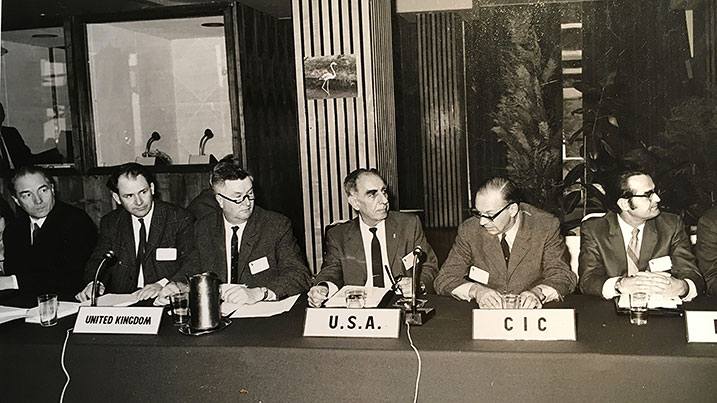
The Ramsar Convention backstory
During the 1960’s, several nature conservation organisations and governments recognised that an international treaty was essential to protect wetlands. The driving force was the International Wildfowl Research Bureau (IWRB), now called Wetlands International, and it took 8 years for a Convention text to be agreed by international governments and scientists. WWT contributed by documenting the benefits of wetlands in the leaflet "Liquid Assets".
In 1969, Professor Geoffrey Matthews, head of research at WWT, was elected Director of IWRB, and so the headquarters of IWRB moved from the Camargue to be hosted by WWT at Slimbridge, where it remained until 1997, although the two organisations were quite separate.
Everything was ready to go, but a country had to be found to host the conference. In June 1969, the Under-Secretary of the Ministry of Natural Resources and Director of the Game and Fish Department for Iran, Eskandar Firouz, visited, and when Geoffrey explained the problem of a venue, over a cup of coffee in the library, the Minister said straight off:
"Well, in that case, Iran invites you".
So the all important convention took place at the coastal resort of Ramsar on the Caspian Sea on 2 February 1971, and it is why this, the first global conservation treaty, is informally named The Ramsar Convention.
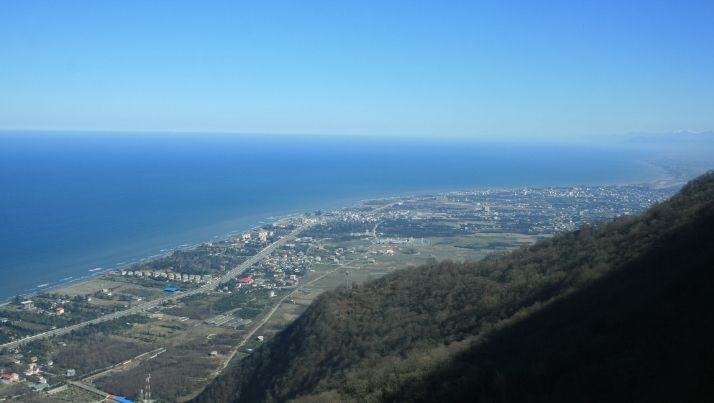
There were no global conventions on biodiversity conservation before Ramsar, and it has pioneered international processes and ways of working subsequently adopted by later conventions (such as those on trade in endangered species and on migratory species). As well as its critical importance for wetlands themselves, the treaty has been enormously influential for environmental conservation more widely.
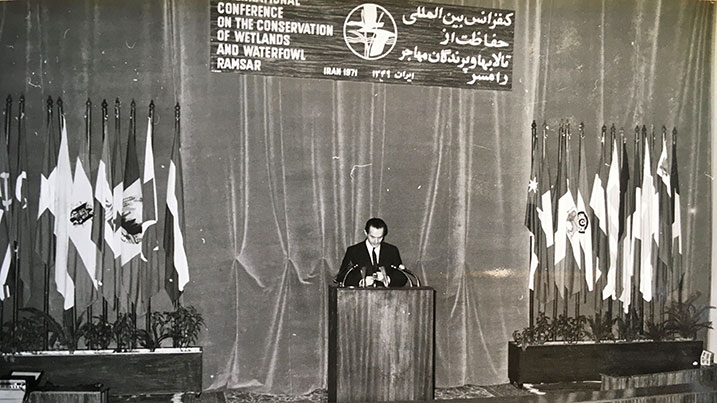
First Ramsar wetland off the mark
Australia’s Cobourg Peninsula, a tidal and freshwater wetland in the Northern Territory, was the first site to be added as a country to Ramsar's list of internationally important wetlands, in 1974.
The UK adopted the convention two years later, designating 12 wetlands as it joined.
Within 30 years the convention had:
- more than 100 signatory countries;
- its 1,000th site – Sistema de Humedales de la Zona Sur de Honduras, a sanctuary for resident and migratory birds and spawning fish and shellfish in the Gulf of Fonseca;
- its first cross-border wetland – the subterranean Baradla-Domica Cave System, which straddles the Hungary–Slovakia border.
Today there are more than 2,400 Ramsar wetlands covering more than 2.5 million square kilometres – the world’s largest network of protected areas. The convention has been adopted by 171 countries.
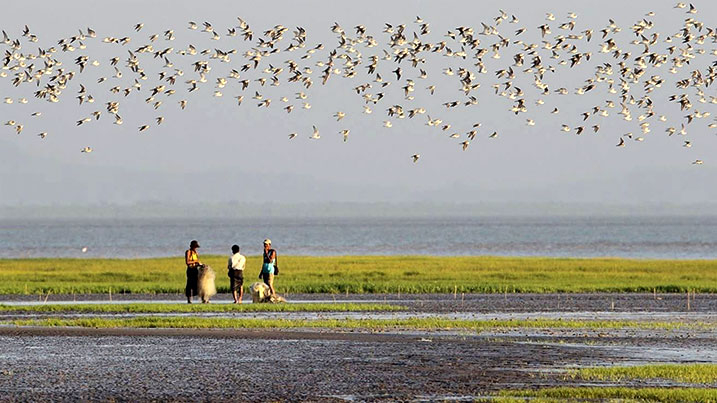
WWT and Ramsar
The United Kingdom, including the Overseas Territories, now has 175 Ramsar sites, more than any other nation (although some are very small). Seven WWT reserves form part of a Ramsar wetland.
WWT is one of just six international organisations worldwide formally supporting Ramsar to promote the benefits of wetlands, carry out research, improve protections and wetland use. We are helping to turn high-level policy making into on-the-ground conservation through Ramsar’s CEPA programme (Communication, Education, Participation and Awareness). This programme delivers wetland projects in the UK and overseas, by offering technical advice and input.
Among Ramsar initiatives promoted by WWT is World Wetlands Day, a global celebration of all-things wetland held on 2 February each year.
The day showcases the benefits of wetlands and, crucially, the contribution they can make to tackling the climate crisis, saving species and improving human health and wellbeing.
Wetlands have huge economic value: Ramsar estimates that damage to wetlands annually costs more than US$20 trillion (about £14 trillion) in lost benefits.
‘Before the pandemic in 2020 we faced related and escalating crises – climate breakdown, biodiversity loss and our deteriorating wellbeing,’ says James Robinson, Director of Conservation at WWT.
‘These crises are interlinked, and at the heart of them is our loss of connection to the natural world.’
‘The Ramsar Convention is more important now than ever before and we, as a partner, must continue to raise the profile of wetlands, designate and protect more wetlands, and encourage the wise-use principles so that generations to come can benefit.’
Ramsar facts
- For centuries wetlands were seen as obstacles to development and farming. It was the concern of ornithologists about wetland destruction that prompted the work that led to the Ramsar Convention. Their wider benefits for people have been recognised relatively recently.
- Ramsar pioneered the ‘wise use’ concept. This meant that sustainable use of protected wetlands was possible as long as this was with respect to the interests for why the site is important. This is now a common approach but was pioneering in the 1960s when protected sites were very much seen as strict nature reserves.
- On joining the Ramsar Convention countries must designate at least one wetland as internationally important, and are encouraged to establish a national network of sites after that.
- Loch Lomond in Scotland, Lindisfarne and the Ouse Washes in England, Northern Ireland’s Lough Neagh and Lough Beg, and Cors Fochno and the Dyfi in Wales were among the first UK Ramsar wetlands, all designated in 1976.
- There are 68 Ramsar sites in England, 50 in Scotland, 20 in Northern Ireland and seven in Wales. Another four span English and Welsh or English and Scottish borders. There are a further 17 UK overseas territories, one in the Isle of Man and eight in the Channel Islands, including arguably the most important seabird colonies in the world on Gough and inaccessible islands in Tristan da Cunha which together support many millions of breeding seabirds.
- 90 per cent of Britain’s wetlands have been lost in the last 1000 years, increasing the risk of flooding and flood damage to people’s homes, as well as significantly impacting wetland biodiversity. The UK Government’s Dasgupta review, published in February 2021, acknowledged the close link between economic prosperity and nature. WWT believes the restoration of wetlands would significantly help achieve the review’s goals.
Find out more
The Global Wetland Outlook is a landmark report from Ramsar, published in 2018 to document the global extent of wetlands. The results are a stark reminder of the importance of the world’s only treaty for the protection of its wetlands.
